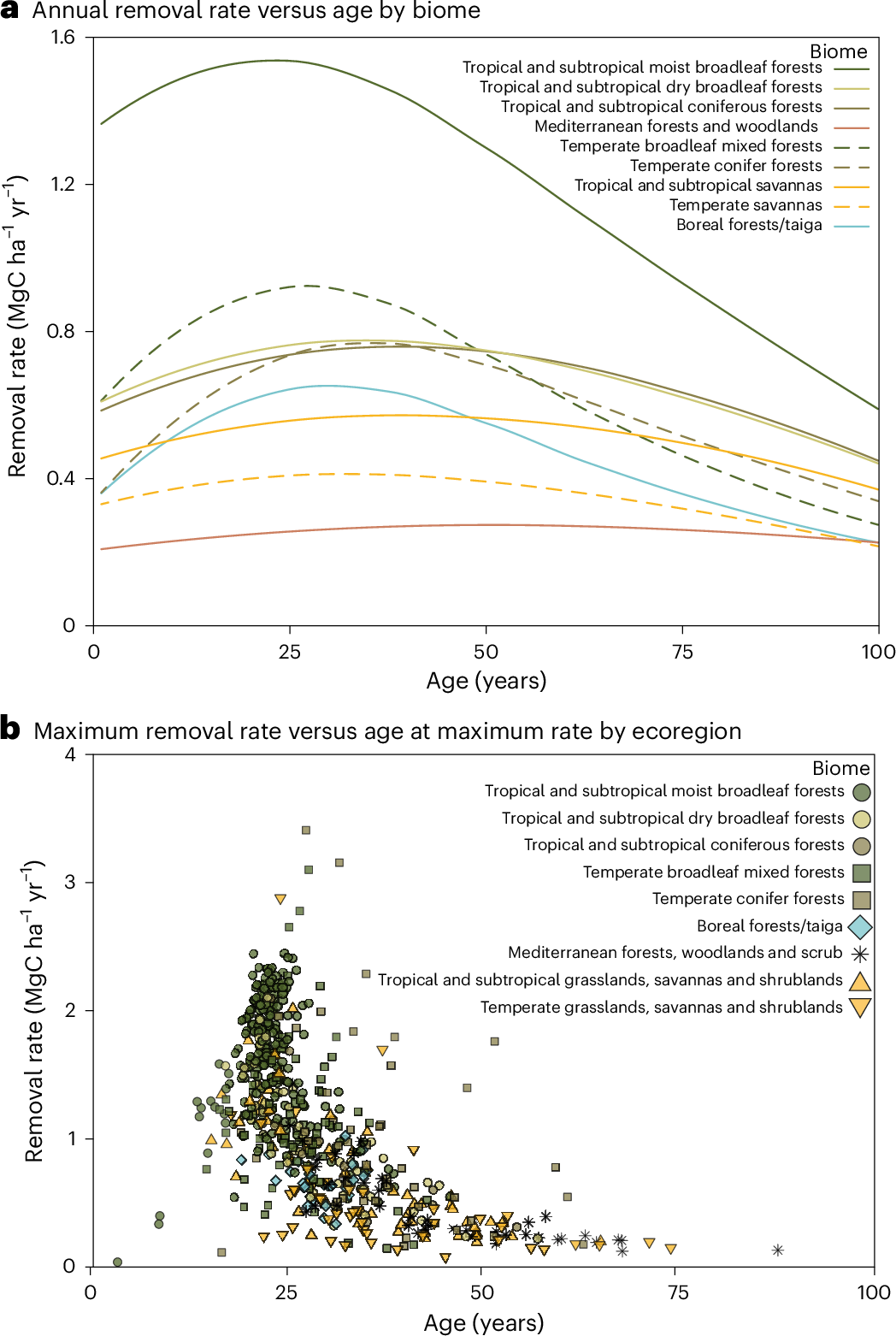2025-07-02 チャルマース工科大学

Quantum computers still face a major hurdle on their pathway to practical use cases: their limited ability to correct the arising computational errors. To develop truly reliable quantum computers, researchers must be able to simulate quantum computations using conventional computers to verify their correctness – a vital yet extraordinarily difficult task. Now, in a world-first, researchers from Chalmers University of Technology in Sweden, the University of Milan, the University of Granada, and the University of Tokyo have unveiled a method for simulating specific types of error-corrected quantum computations – a significant leap forward in the quest for robust quantum technologies.
<関連情報>
- https://news.cision.com/chalmers/r/world-unique-method-enables-simulation-of-error-correctable-quantum-computers,c4171117
- https://journals.aps.org/prl/abstract/10.1103/xmtw-g54f
現実的な奇数次元ゴッテスマン-キタエフ-プレスキル状態を持つ回路の古典シミュレーション Classical Simulation of Circuits with Realistic Odd-Dimensional Gottesman-Kitaev-Preskill States
Cameron Calcluth, Oliver Hahn, Juani Bermejo-Vega, Alessandro Ferraro, and Giulia Ferrinii
Physical Review Letters Published: 1 July, 2025
DOI: https://doi.org/10.1103/xmtw-g54f
Abstract
Classically simulating circuits with bosonic codes is challenging due to the prohibitive cost of simulating quantum systems with many, possibly infinite, energy levels. We propose an algorithm to simulate circuits with encoded Gottesman-Kitaev-Preskill (GKP) states, specifically for odd-dimensional encoded qudits. Our approach is tailored to be especially effective in the most challenging but practically relevant regime, where the codeword states exhibit high (but finite) squeezing. Our algorithm leverages the Zak-Gross Wigner function introduced by Davis, Fabre, and Chabaud, which represents infinitely squeezed encoded stabilizer states positively. The run-time of the algorithm scales with the negativity of the Wigner function, allowing for efficient simulation of certain large-scale circuits—namely, input stabilizer GKP states undergoing generalized GKP-encoded Clifford operations followed by modular measurement—with a high degree of squeezing. For stabilizer GKP states exhibiting 12 dB of squeezing, our algorithm can simulate circuits with up to 1000 modes with less than double the number of samples required for a single input mode, which is in stark contrast to existing simulators. Therefore, this approach holds significant potential for benchmarking early implementations of quantum computing architectures utilizing bosonic codes.



